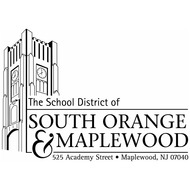
(View Complete Item Description)
The High School Integrated Conceptual Science Program (ICSP) is a NGSS-aligned curriculum that utilizes the conceptual progressions model for bundling of the NGSS, High School Conceptual Model Course 1 and strategies from Ambitious Science Teaching (AST) to focus on teaching practices needed to engage students in science discourse and learning. Course 1 is the High School Integrated Physics and Chemsitry Course. The goal of these units is to encourage students to continue in STEM by providing engaging and aligned curriculum. The focus of this year long course is on the first year of high school (freshman). While the course is designed to be taught as a collection of the units, each unit could be taught as a separate unit in a science course. A video about the new course shared its unique approach to learning and teaching. Wenatchee School District, one of the participating districts, wanted a way to share the program with the community. https://youtu.be/9AGk19YUi2oCourse 1 of the ICSP development was funded by Northwest Earth and Space Sciences Pipeline (NESSP) which is funded through the NASA Science Mission Directorate and housed with Washington NASA Space Grant Consortium at the University of Washington.
Material Type:
Activity/Lab,
Assessment,
Full Course,
Lesson,
Module,
Unit of Study
Authors:
Carissa Haug,
MECHELLE LALANNE




















